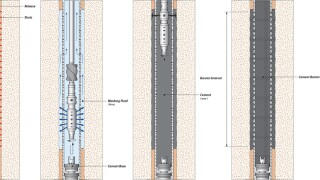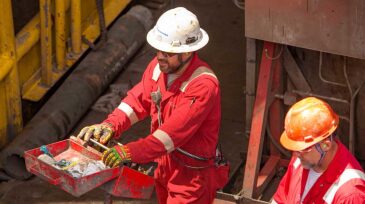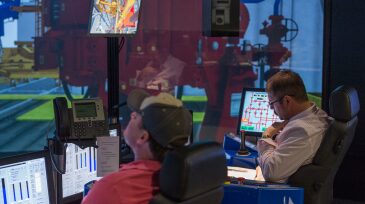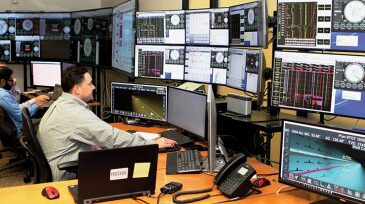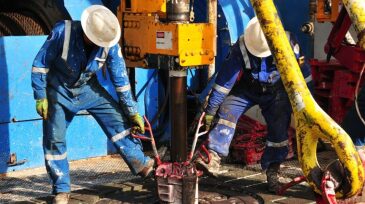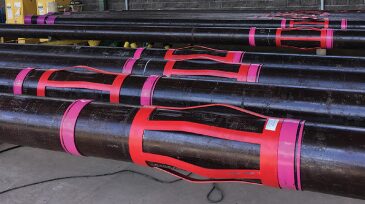Drilling
Oil and gas companies drilled 75 “high-impact” wells in 2024, representing 5.2 billion BOE.
This paper presents a comprehensive literature review of perforate, wash, and cement techniques that compares new methods with traditional ones and uses field cases and computational fluid dynamics to find the most cost- and time-effective practices without sacrificing safety.
The authors of this paper describe a method of stimulating a multizone hydrocarbon-producing well wherein a tool is deployed downhole by wireline to generate acid vapor at a target depth, allowing each interval to be treated uniquely.
-
Rockwell Automation’s Luis Gamboa explains his company’s new solution designed to allow operators to collect, sort, and reconcile the quality and quantity of data from multiple sources to optimize field data.
-
This new deal marks the second major acquisition of an offshore drilling company since the onset of the industry downturn.
-
While the slowdown offshore persists, this 96-year-old drilling outfit says that sharing its high-tech simulators with more of its clients will strengthen the business.
-
Software that offers turn-by-turn directions for drilling a horizontal well could drastically reduce the number of directional drillers.
-
Wellbore-construction methods, especially casing-and-cementing practices for the protection of freshwater aquifers, have been reviewed in the Piceance, Raton, and San Juan Basins in Colorado.
-
Drilling activity in US shale plays is slowing as operators encounter higher prices for labor, equipment, and services, and lower prices for the oil and gas produced.
-
A new attachment system overcomes the limitations of traditional methods for securing tools and accessories to drilling and completion strings.
-
An analyst from Rystad looks at the state of the offshore drilling market and the likelihood of recovery by 2021.
-
Advanced horizontal drilling, multistage hydraulic fracturing, and other technologies have helped make the Vaca Muerta shale oil and gas resource economically viable.
-
Brazing technology allows metallurgical joining of dissimilar materials by use of a filler material.


